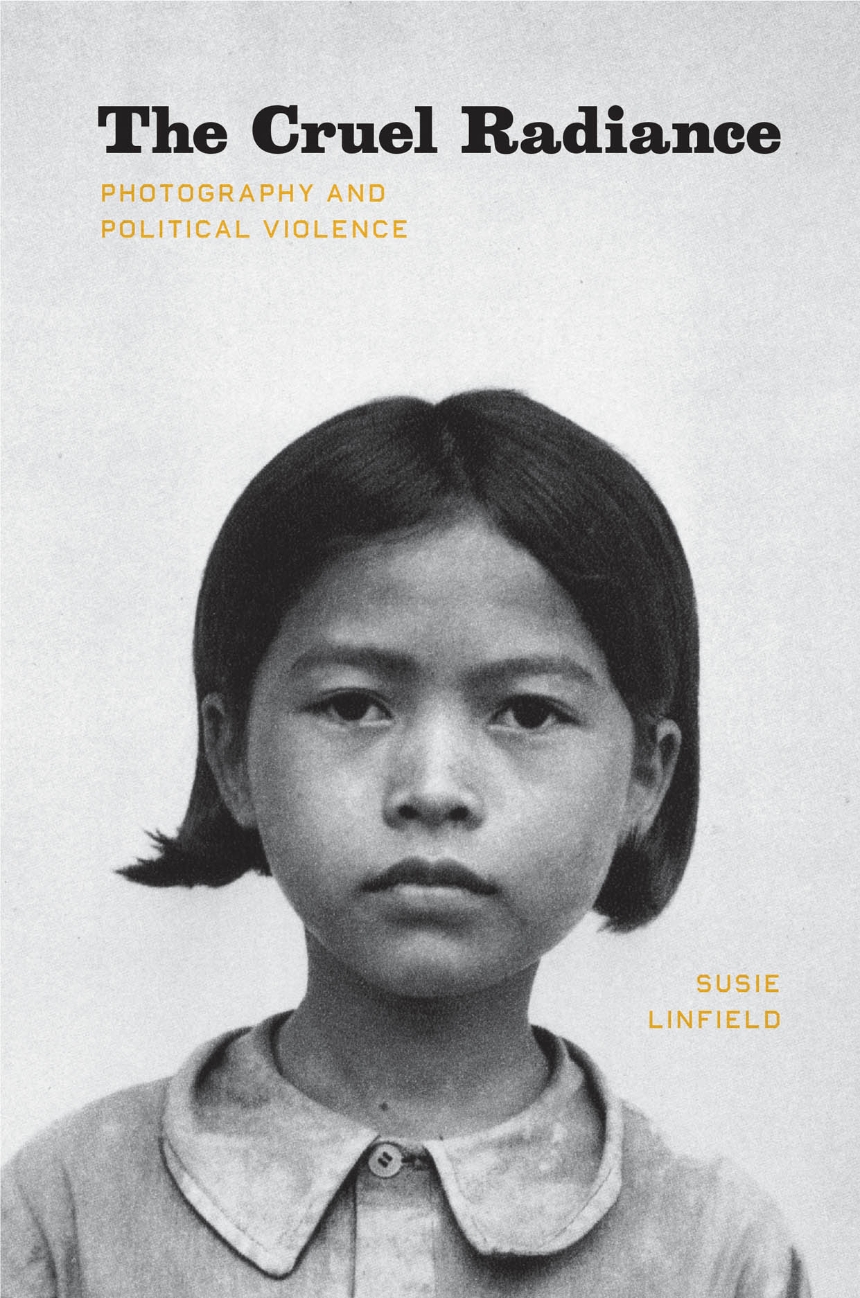The Cruel Radiance
Photography and Political Violence
In The Cruel Radiance, Susie Linfield challenges the idea that photographs of political violence exploit their subjects and pander to the voyeuristic tendencies of their viewers. Instead she argues passionately that looking at such images—and learning to see the people in them—is an ethically and politically necessary act that connects us to our modern history of violence and probes the human capacity for cruelty. Grappling with critics from Walter Benjamin and Bertolt Brecht to Susan Sontag and the postmoderns—and analyzing photographs from such events as the Holocaust, China’s Cultural Revolution, and recent terrorist acts—Linfield explores the complex connection between photojournalism and the rise of human rights ideals. In the book’s concluding section, she examines the indispensable work of Robert Capa, James Nachtwey, and Gilles Peress and asks how photography should respond to the increasingly nihilistic trajectory of modern warfare.
A bracing and unsettling book, The Cruel Radiance convincingly demonstrates that if we hope to alleviate political violence, we must first truly understand it—and to do that, we must begin to look.
Reviews
Table of Contents
List of Figures
Preface: The Black Book
PART ONE: POLEMICS
1 A Little History of Photography Criticism; or, Why Do Photography Critics Hate Photography?
2 Photojournalism and Human Rights: The Calamity of the Kodak
PART TWO: PLACES
3 Warsaw, Lodz, Auschwitz: In the Waiting Room of Death
4 China: From Malraux’s Dignity to the Red Guards’ Shame
5 Sierra Leone: Beyond the Sorrow and the Pity
6 Abu Ghraib and the Jihad: The Dance of Civilizations
PART THREE: PEOPLE
7 Robert Capa: The Optimist
8 James Nachtwey: The Catastrophist
9 Gilles Peress: The Skeptic
Acknowledgments
Notes
Bibliography
Index
